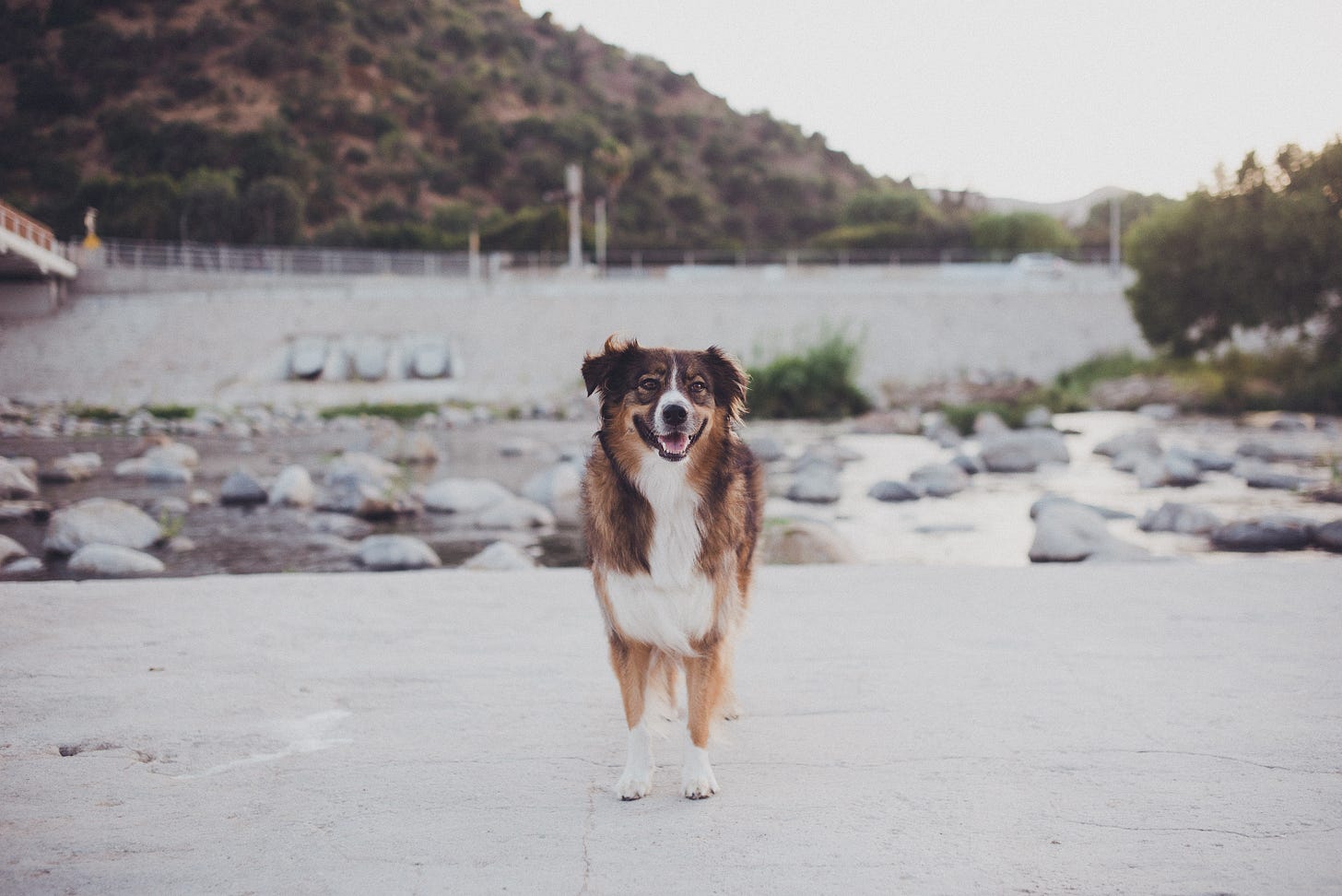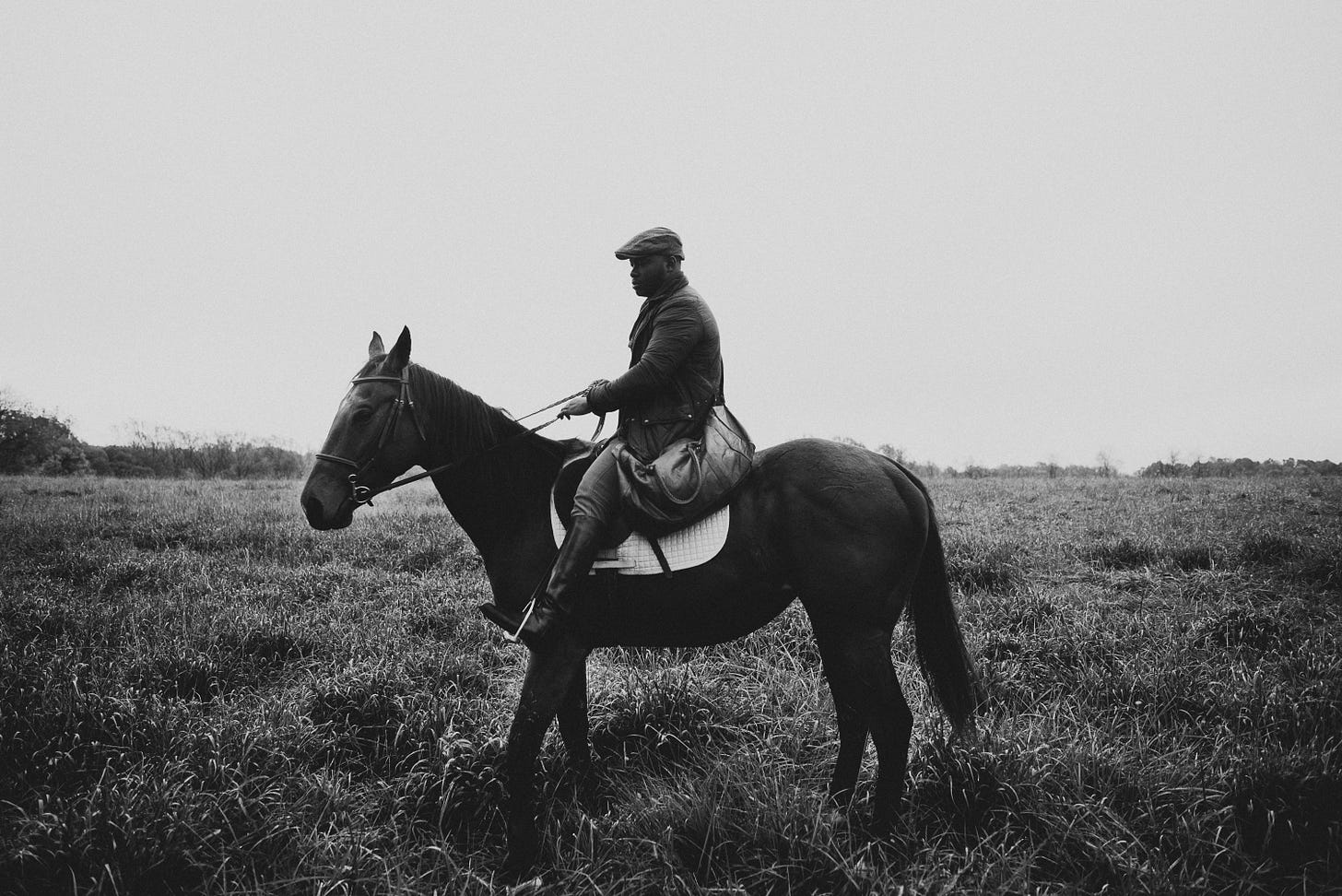In this post, I’m going to be highlighting a few topics that are integral to the way I think about designing learning environments in regards to place. I think we all can vibe with the idea that we have special places that mean a lot to us or serve a special purpose in our lives. With that said, these topics beg the question of what happens when those places and spaces harm you and historically haven’t been in your control? I’ll start with some definitions and connect it to my work then provide some resources and updates about me!
Redlining;
Banks would lend mortgages to black people in certain neighborhoods, thus limiting lending in other neighborhoods. This was legal until the Fair Housing Act in 1968.
“Originally, redlining was considered a literal and geographic process. Community activists in Chicago's Austin neighborhood coined the word "redlining" in the late 1960s while organizing residents around what they perceived as unfair lending practices. They used the word "redlining" to refer to the red lines that savings and loan associations had drawn around areas they refused to service” (Hillier, 2003).
This process historically took place between 1930-1970 and still effects us today (this is where I implore you to check out the redlined maps where you live and your fav places using this resource).
So, what happens when people are forced to be in particular areas where investments, resources and development are stifled? Well, one of the effects moves towards Environmental Racism.
I created this map of Seattle (layering historical map over current google map) after I knew I was going to UW when in Dr. Amy Hillier’s Community Mapping course during my masters. I wanted to see what neighborhoods had been effected by redlining and how it matched up with the demographics of those areas. Here’s another activity type thing to do, go to this Mapping Race project and explore the racial differences in Seattle over the last 100 years and compare it to this map. This site also has information on the land covenants that showcase how each neighborhood excluded Black and Jewish folks from owning land in the neighborhoods.
Environmental Racism
“The concept of environmental racism – the idea that nonwhites are disproportionately exposed to pollution – emerged more than ten years ago with the United Church of Christ’s study, Toxic Waste and Race in the United States.” (Pulido, 2000)
This concept supports us in understanding racism holistically, and also serves a role in the Environmental Justice movement. If we compared maps between redlined and those affected by environmental racism we would see the various parallels between the the red areas and racial demographics. That said, we are seeing the ways politics and this type of discrepancies affect people as with Texas during the current cold front and power outages.
How does it look in today’s world?
Less trees in redlined neighborhoods (interactive map linked for you to check out many cities)
Higher temperatures in redlined neighborhoods
Poor water quality/issues with water access (i.e. Flint Water Crisis)
More power outages/trouble with extreme natural disasters (i.e. Texas Snowstorms Feb 2021, this recent storm in Seattle & New Orleans in 2005)
How’s this connect to my work?
Well, I’m glad you asked! I design learning environments that incorporate peoples connection to a place or space. For example, when I lived in Philadelphia I volunteered as an assistant teacher for a Place-Based Education lesson plan that looked at the Urban Water Shed in Philly (the Schuylkill River). This river flows through the city and allows students to learn about something they see daily. Why’s this important? BECAUSE students are able to better connect to the content since it is their home, take accountability and agency over where they live, while also develop the skills to understand, address and take action on any issues they may come about.
This also goes for the ways communities and community health is approached. For example, the people who got me interested in this work (from a dear friend at the community design collaborative in Philly), got me a ton of info in how they go about greening schoolyards with the water department. This does a few things: supports the learning of the youth, supports the rainwater catch systems (supporting a health water distribution) while also greening a city through development. Although I’m still interested in the intersections of infrastructure, design and learning, I get to do it in different ways now.
One thing I’ve been exploring a lot more recently is urban farming as a way to teach, build a relationship with land and promote wellbeing for those in a specific place while also greening spaces that are vacant, not in use and addressing the issue of food deserts at the same time (also a product of environmental racism and redlining).
Really positive news before I finish this up; the L-pod in the Salish Sea/Puget Sound (extending from Olympia, Wa —> Seattle, WA —> Vancouver, BC) had a baby born!!! Here’s the link for that and it’s super important, as these pods were the foundation for Orcas in Seaworld, thus a whole generation was taken back in the 50’s & 60’s making them susceptible to lack of genetic variation. Counter to this birth, in 2018 a J-pod resident whale was stillborn and the mother carried the baby for 17 days so this is a really important uptick in births as they’re critically endangered. This is the third baby born in the last few years for these celebrities in the PNW. They suffer a number of challenges from overfishing, to toxicity in the water to noise pollution, so this is a positive note to end on!
Some art work for y’all:
Resources for those affected in Texas right now:
Austin Mutual Aid; Mutual Aid Houston; Feed the People Dallas; Para Mi Gente; Austin Disaster Relief Network; Lucha Dallas; Trinity Mutual Aid; Casa Marianella
and for reading/watching;
Black in Place: The Spatial Aesthetics of Race in a Post-Chocolate City







